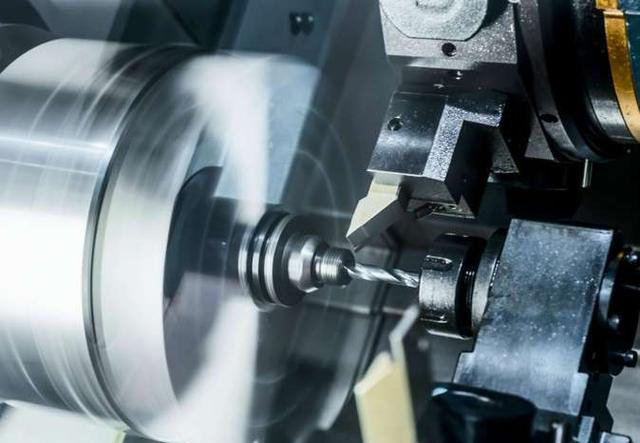Message
When it comes to the quality of a machined or finished surface, there will always be two relevant terms: surface roughness and surface finish. Although they are often used interchangeably, they are not scientifically the same with distinct differences.
Surface roughness refers to the quantifiable measurement of the irregularities on a surface, while surface finish is a qualitative assessment based on its appearance or indirectly from the roughness value. However, in machine shops, it is common for the term surface finish to be used to describe only the surface roughness.
This article will focus on the difference between surface roughness and surface finish in terms of their attributes, value, measurement, and features. Additionally, it will provide a chart of typical roughness achieved in some common manufacturing processes and a common surface roughness conversion chart for reference. Let’s move on to learn more.

What is Surface Roughness?
Surface roughness, also known as roughness, is a critical aspect of surface finish that is commonly specified, measured, and calculated. It is defined by the variations in the direction of the normal vector of an actual surface compared to its ideal form. When these variations are significant, the surface is considered rough, whereas if they are minimal, the surface is considered smooth.
In surface metrology, roughness is typically associated with the high-frequency and short-wavelength components of a measured surface. However, in practical applications, it is often necessary to consider both the amplitude (size of the deviations) and frequency (how frequently they occur) to determine whether a surface is suitable for its intended purpose.
What is Surface Finish?
Surface finish refers to the texture of a surface and is often used interchangeably with the term surface texture. It consists of three main components: roughness, lay, and waviness. The surface finish of manufactured products can vary greatly, based on the materials and processes employed during production.
Specifications for surface finish are commonly indicated on technical drawings for mechanical parts, especially in cases where parts need to fit tightly together, interact with one another, or create a seal. In order to properly specify and interpret surface texture symbols in technical drawings, the ASME (American Society of Mechanical Engineers) has published the Y14.36M Surface Texture Symbols standard. The ASME also publishes the B41.6 Surface Texture Standard, which provides definitions and measurement methods for surface finish.
Clear and effective communication of surface requirements is vital for ensuring that the final product meets the desired performance standards. Failing to include, accurately specify, or properly interpret surface finish requirements can have significant consequences on the performance and cost of the end product.









